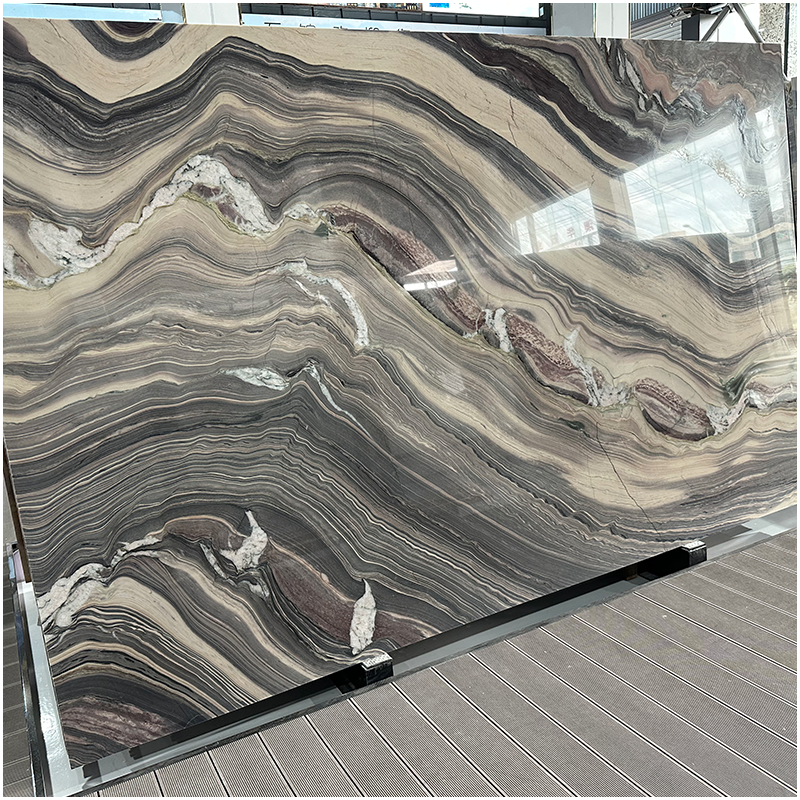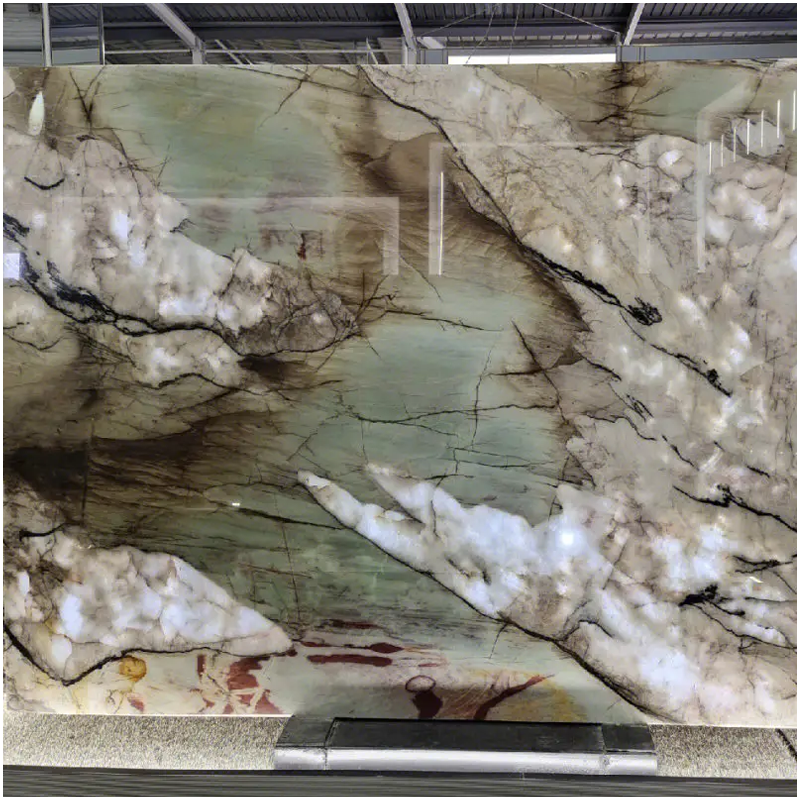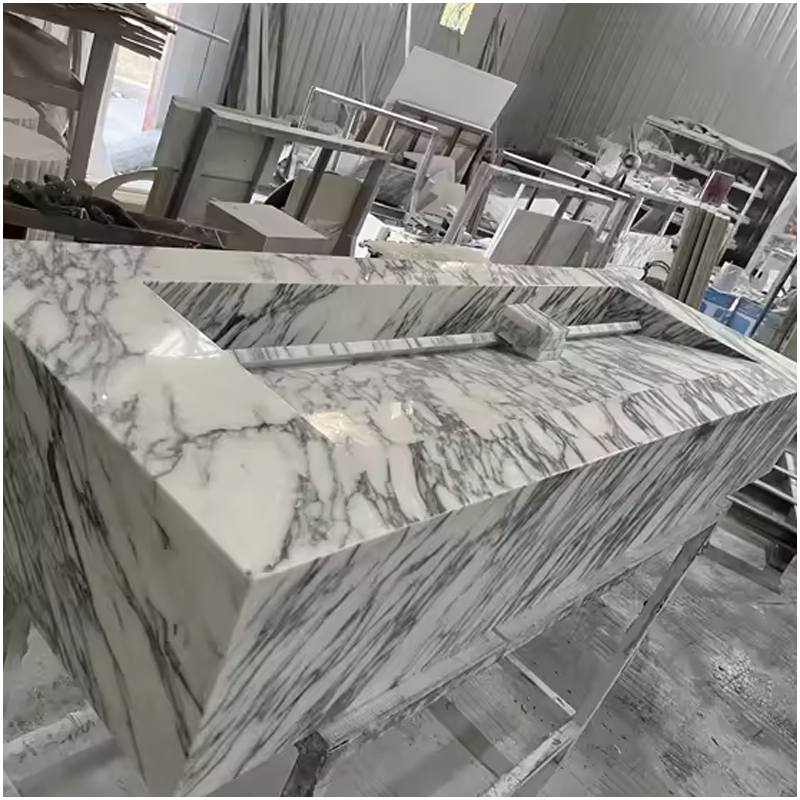The Craftsmanship of Marble Selection
Marble is usually used in décor and house design because of its attractive look and strong qualities. Marble’s distinctive texture and feel may accentuate the design of the room whether it is used for counters, walls or flooring. Natural and artificial marble are the two primary forms of marble; each material has special qualities and suitable use. Making a wise choice on marble depends on knowing the variations between the two. This page will thoroughly contrast artificial and natural marble to enable you to choose the most suitable one for your decorating. If you are unsure about the marble you should choose, skilled designers of Foru can provide you expert guidance and assistance.
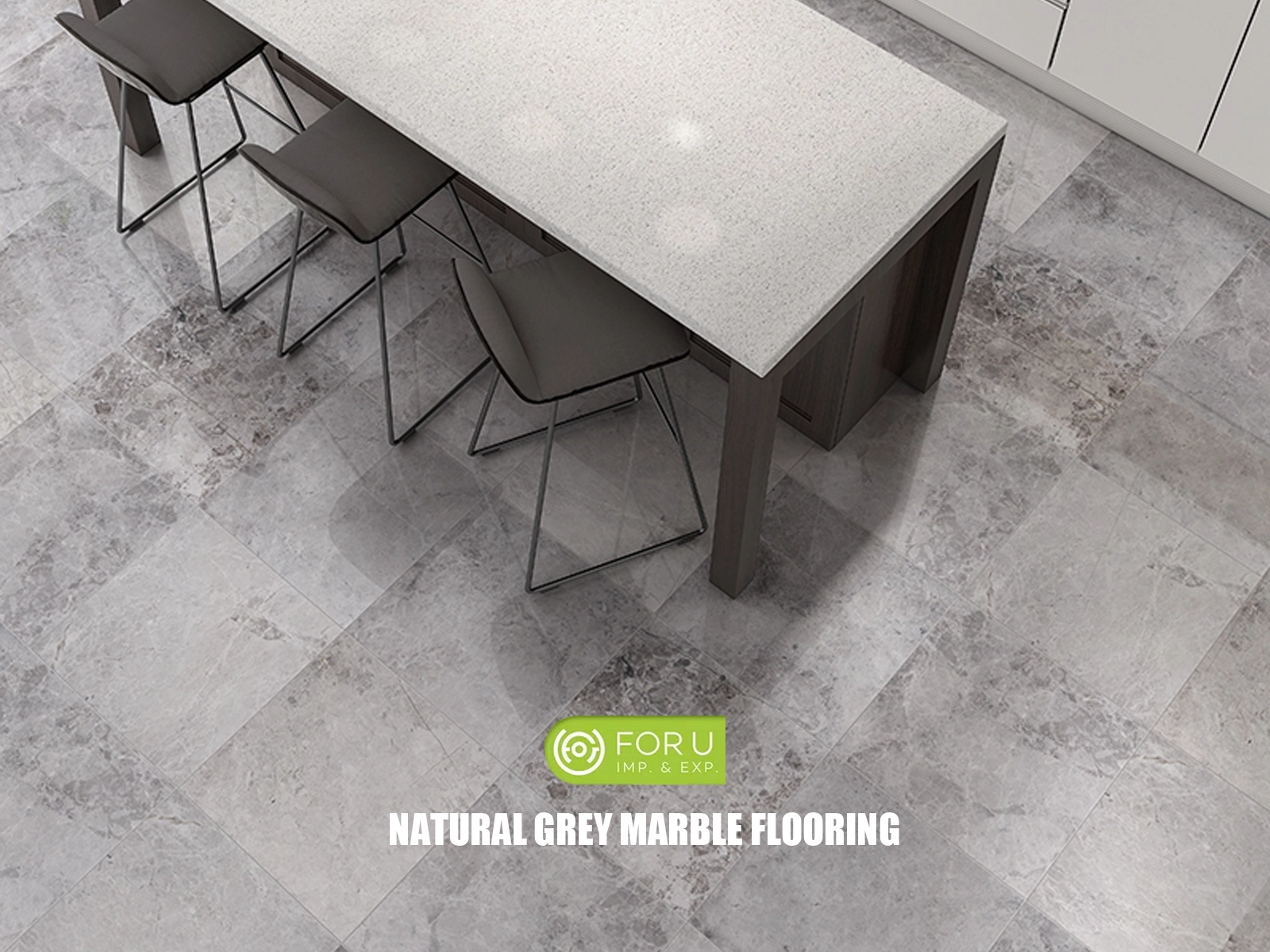
1. Observe the color and texture
Natural marble’s color and texture are developed organically; every piece of stone is different and reflects the particular beauty of the earth. Natural marble often has erratic texture, and its natural transition and layering between hues gives it great richness and natural appeal in visual impact. The unique texture of genuine marble also gives every area a different attractiveness. Artificial materials cannot entirely reproduce this variety of natural texture.
By comparison, artificial marble’s hue is more constant and boring while its texture is more regular and homogenous. While in certain design forms this homogeneity may provide a contemporary sense, it loses the distinctive individuality and natural beauty of genuine stone. Artificial marble’s homogeneity makes it more constant and coordinated in commercial environments or events requiring extensive paving of big areas. Foru’s synthetic marble choices provide a range of colors and textures to satisfy decorating projects of all types and demands.
2. Listen to the sound
Natural marble’s inherent density and structure will cause you to hear a clear, pleasing sound when you knock on it. Natural marble has a really robust interior structure, hence the sound is rather clear. The characteristics of this sound improve the texture of genuine marble in addition to reflecting its great density. Actually, a clean sound typically indicates better material quality.
Conversely, artificial marble often sounds uninteresting because of its synthetic material properties. This variation in sound influences their sentiments in real usage as well as reflecting the variations in density and substance between the two. Though its consistent structure makes artificial marble more robust in building and maintenance, its taste in sound is not as good as genuine marble.
3. Check the grid of backing.
Natural marble could have certain inherent gaps during the mining process. Usually affixed to the rear of the stone, a grid serves to strengthen the stone and increase its longevity while also preventing fractures during usage. Using the backing grid guarantees the long-term durability of natural stone in different surroundings. Foru’s natural marble products make great use of this technique to guarantee that every piece of marble can keep its outstanding performance in real usage.
Artificial marble often has a smoother surface and more hardness depending on its manufacturing techniques and materials; so, it does not need extra supporting grid reinforcement. This variation makes imitation marble more appropriate in certain uses, including those requiring a great degree of flatness, like contemporary bathroom walls or kitchens counters.
4. Comparison of weights
When selecting marble, one should give weight first priority. Generally speaking, imitation marble is lighter than actual marble, which makes handling and installation more easy. The low weight of imitation marble also makes it more appropriate in certain unique uses, including ceiling or wall decorating. For decorations that call for lightweight materials to lower structural load, artificial marble is a perfect alternative.
Because of its high density, natural marble is somewhat heavy; thus, it displays its advantage in particular situations requiring more resistance against pressure. The great density of the natural marble supplied by foru helps it to function effectively in high-load uses such floor paving and counters.
5. Fire method
Usually between 0.2W/m.K and 0.4W/m.K, fake marble has a low density and thermal conductivity in the fire technique test, which causes it to heat up rapidly at high temperatures. In high temperature surroundings, this quality renders fake marble less stable than genuine marble.
Generally between 2W/m.K and 5W/m.K, natural marble has a high thermal conductivity, which represents a slow heating condition and does not heat up rapidly. This difference makes natural marble better suited for high-temperature uses like kitchen countertops and more stable in high temperature surroundings. Excellent heat resistance of the natural marble supplied by Foru guarantees stability in long-term use in high temperature surroundings.
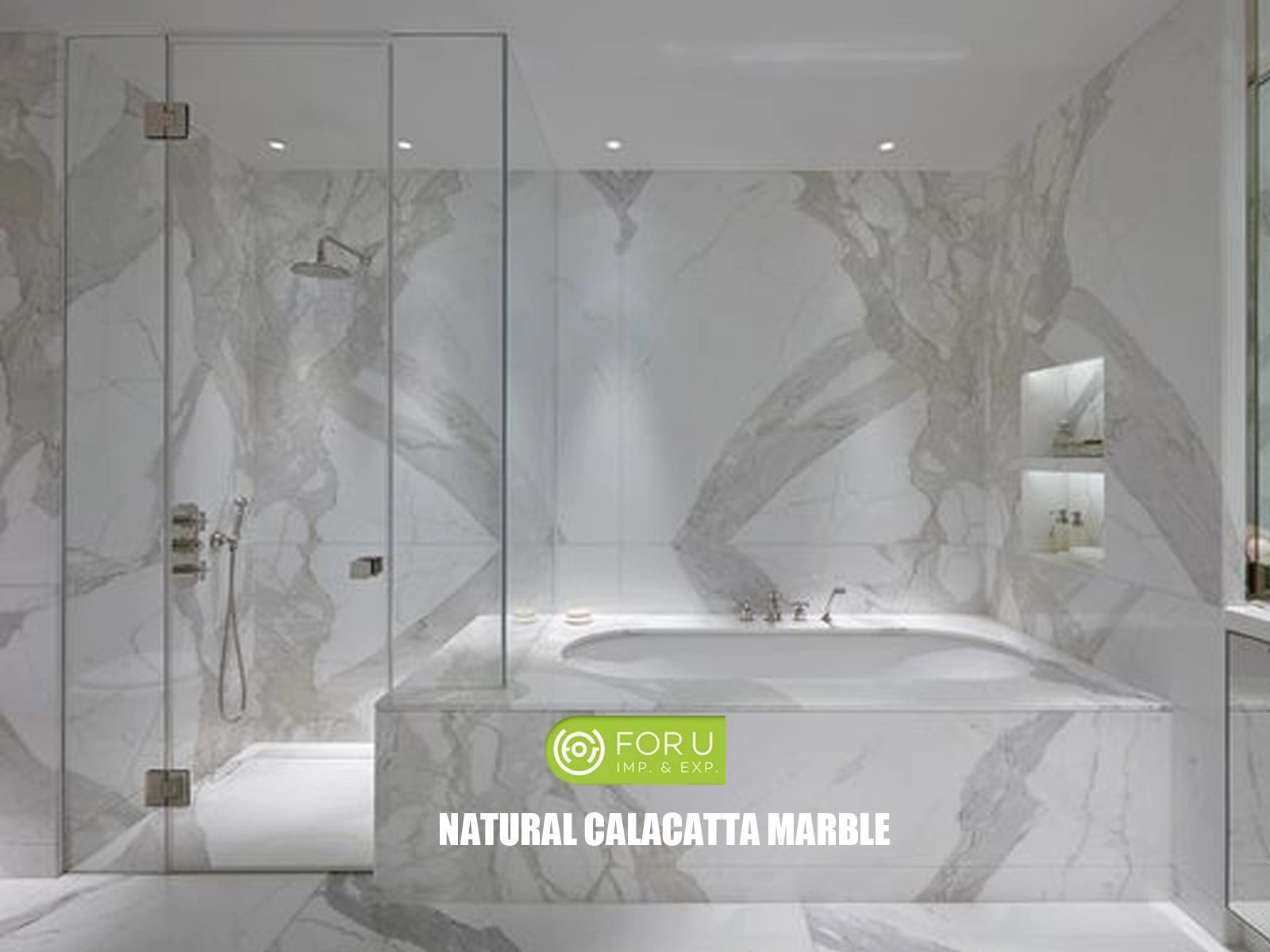
In summary
Your particular requirement and budget will eventually determine whether you want real or synthetic marble. Natural marble’s distinctive natural texture and exquisite look help it to remain very essential in high-end design. In certain upscale projects, its natural beauty and great heat resistance make it indispensible. Conversely, artificial marble’s consistent look, low weight and great durability make it appropriate for many uses in contemporary design. Knowing the unique qualities of the two will enable you to choose a decorating that more satisfies your particular desire. See foru expert designers or suppliers if you want more assistance with the material selection process to guarantee you pick the marble material most appropriate for your requirements.


